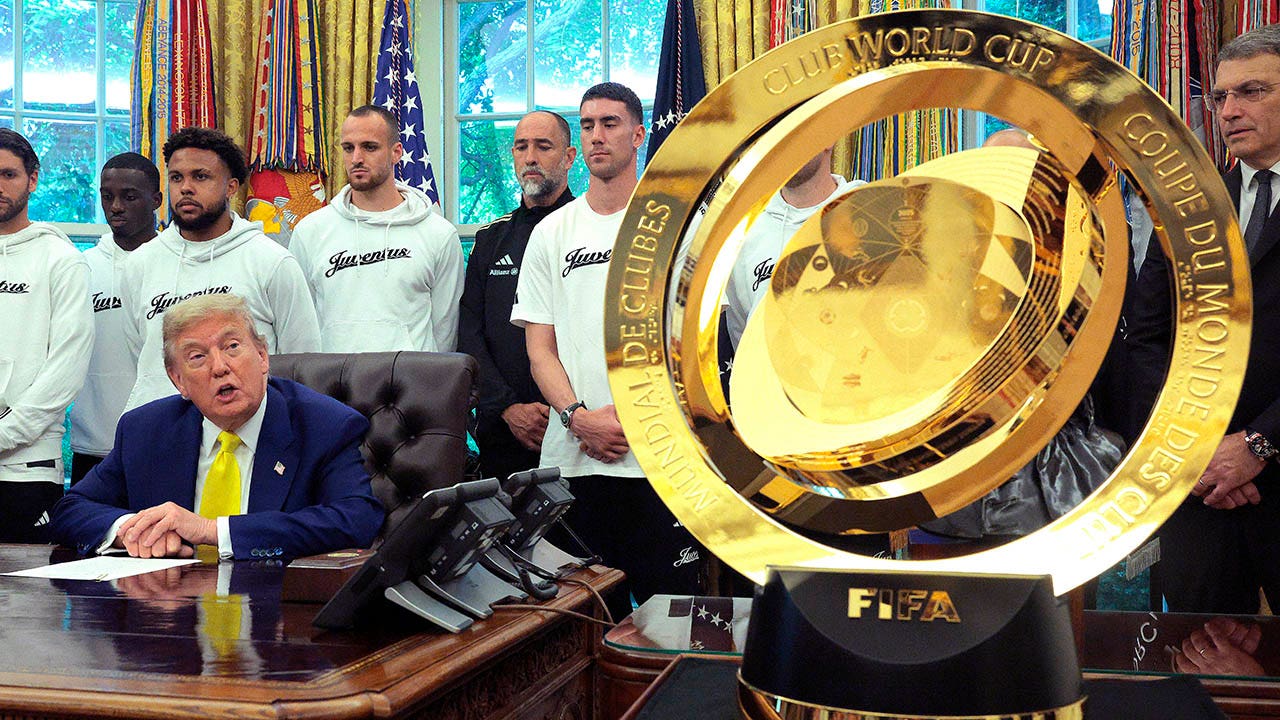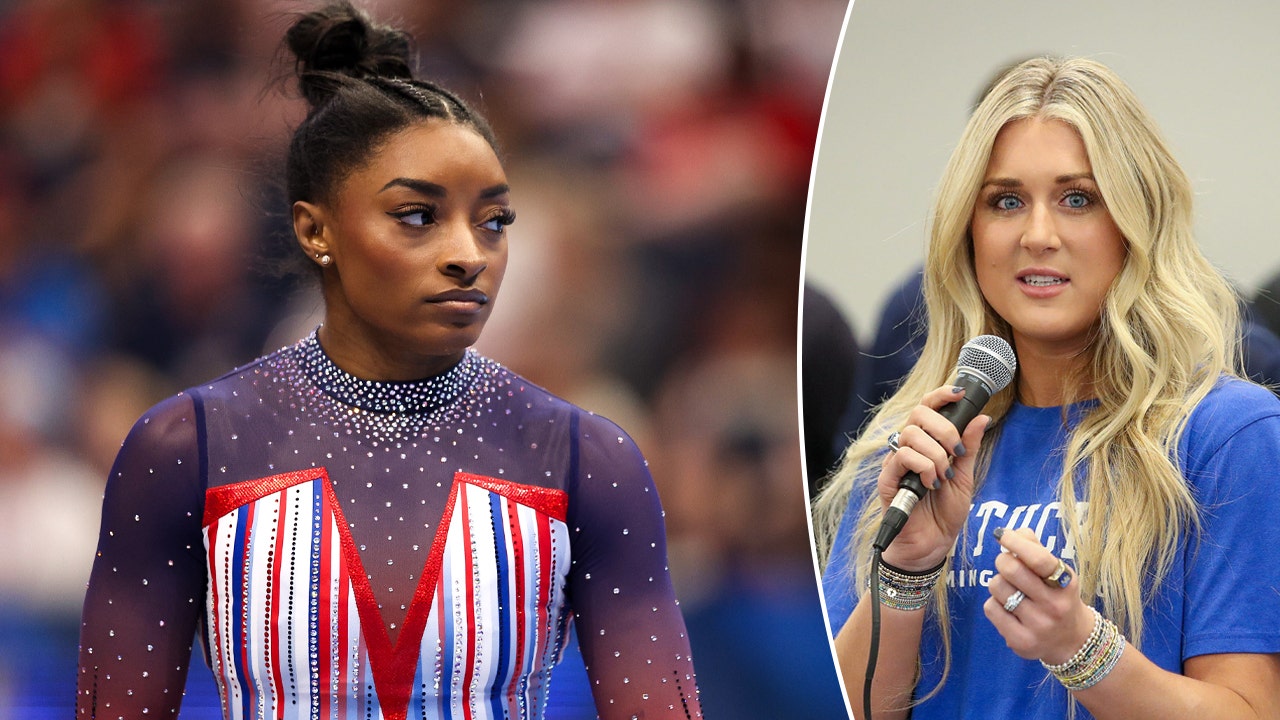Purists might grumble about Michael Johnson’s Grand Slam Track league, but fans will still watch

If you’re running an upstart sports league that hopes to vault itself past complacent incumbents, it helps to have a recognizable competitor to front the operation and grab sports fans’ attention.
Grand Slam Track, the U.S. based circuit with plans to start competition in 2025 spent their backers’ money wisely, trotting out Sydney McLaughlin at their introductory news conference this past Tuesday, and announcing the 400-metre hurdle world record holder as their league’s first signee.
Track and field is the main event at every summer Olympics, but in North America, in non-Olympic years, it’s like boxing, hockey and a long list of newcomers – a fringe sport with mainstream ambitions. Which is to say it’s a sport that needs a face, and McLaughlin is a logical choice to brand this new venture.
As a 400m hurdler, she’s the only woman in history to eclipse the 51-second barrier, and if she stuck to sprinting he’d be a threat to win the 400, and a longshot for the podium in the 200. She also boasts 1.1 million Instagram followers, which highlights her reach among young audiences, and helps explain why the league devoted an undisclosed, but presumably significant, sum of money to securing the 2021 Olympic gold medallist.
She’s fast, visible, marketable and familiar.
Except a glance at the thumbnail photos teasing the videos populating Grand Slam Track’s YouTube page feature a different face. It’s Michael Johnson, the four-time Olympic champion who is the league’s founder and commissioner. A great choice if the goal is to reel in middle-aged track nerds who remember the mid-to-late 1990s, when Johnson was untouchable in the 200 and 400, and held world records in both events.
But it’s a curious move for an outfit whose stated goal is to lure casual fans to an overlooked sport, and that emphasizes YouTube because younger viewers dwell there. If I were starting a new track league I’d be happy to play the background while directing attention to the people who are actually running, but I don’t have eight world titles to my credit and $12.6 million US in prize money to attract new talent. Johnson has both.
Either way, the concept is promising: four high-stakes track meets per season, like majors in golf or tennis. The format offers year-round visibility for a sport that disappears from mainstream sports fans’ radars for long stretches, and the prospect of heightened attention in non-Olympic years.
We still don’t know which other top-tier stars are signing up, or where exactly the meets will happen. We also don’t know who’s funding this venture, or how long they’re committed to bankrolling it.
We just know that sport startups are expensive, that fans can be fickle, and that Grand Slam Track is an intriguing development in a sport that’s overdue for a shakeup. The league promises to match the best against the best consistently, but success doesn’t depend on Grand Slam actually being the world’s highest quality track competition. It just requires selling the American sports public on the idea that it is. That’s not a sports problem. It’s a marketing challenge.
“We don’t need gimmicks,” Johnson told the news conference. “This sport is amazing as it is.”
𝙏𝙝𝙞𝙨 is why Grand Slam Track exists. Swipe through to learn more. <a href=”https://t.co/RCGZJszJMN”>pic.twitter.com/RCGZJszJMN</a>
—@GrandSlamTrack
You know what stands out more than Grand Slam Track’s landmark signing of McLaughlin-Levrone?
The price tag – $12.6 million in total prize money, spread across 96 athletes and four meets.
How much did it cost to prompt golf star Phil Mickleson to jump from the PGA to its new Saudi-backed rival, LIV Golf? North of $100 million up front, reportedly. Or compare it to the $20 million per year it took to lure Lionel Messi from Paris St-Germain to Major League Soccer’s Inter Miami.
The cost to potentially disrupt the world’s oldest sport, shifting power away from the Diamond League?
Slightly more than the 2024 Blue Jays are paying Bo Bichette.
A relative pittance, but one befitting track’s third-tier status among North American pro sports in non-Olympic years. But, if Grand Slam Track plays this right, it’s a bargain.
Between streaming platforms, social media and D.I.Y. webcasts, new sports leagues have options beyond jockeying for airtime on major networks, so this current proliferation of alternative sports makes sense. Cornhole, 7-on-7 football, Crossfit, Pickleball and Padel – there are fewer obstacles than ever between a sport and a worldwide audience.
Developing a balanced audience
A bigger dilemma for Grand Slam Track?
Creating a product that will attract casual fans without alienating the long-suffering hardcores used to waking at odd hours to stream obscure events from overseas. The league’s first step toward solving that puzzle is a gamble – Grand Slam meets will feature sprints, hurdles, middle and long-distance races, but no field events.
Johnson explained at the news conference that skipping field events allows viewers to focus on one event at a time, and helps ensure that meets fit a three-hour broadcast window. Purists might cringe at the idea, but sports often shape-shift to improve the consumer experience. Last season baseball implemented a pitch clock to speed the pace of play and energize the TV product. It happens. Sports evolve for numerous reasons, including business.
𝑪𝑨𝑳𝑳𝑰𝑵𝑮 𝑨𝑳𝑳 𝑹𝑰𝑽𝑨𝑳𝑺.<br><br>This is the future of track. This is Grand Slam Track. <br><br>Get in the Race: <a href=”https://t.co/isCyKHlJeb”>https://t.co/isCyKHlJeb</a><a href=”https://twitter.com/hashtag/GrandSlamTrack?src=hash&ref_src=twsrc%5Etfw”>#GrandSlamTrack</a> <a href=”https://twitter.com/hashtag/OnlyTheFastest?src=hash&ref_src=twsrc%5Etfw”>#OnlyTheFastest</a> <a href=”https://t.co/D7kTmSlm6r”>pic.twitter.com/D7kTmSlm6r</a>
—@GrandSlamTrack
So who, then, makes the cut?
Johnson said half of Grand Slam Track’s spots will belong to runners on contract, with the other half going athletes earning invites based on a proprietary blend of performances and popularity. Yes, popularity. Remember, this is a marketing exercise.
“We won’t be shy about that,” Johnson said, in reference to including an athlete’s popularity in Grand Slam’s selection criteria.
So if Grand Slam Track organizers have one free lane, and a choice between inviting Malachi Murray running 10.01, and an NFL star running 10.3 between football seasons, let’s hope Murray has a good agent.
Does that setup contradict the idea that the Grand Slam is a pure sports meritocracy?
Of course it does.
Thankfully for Grand Slam, the median sports fan in the U.S. can’t tell the difference. They only know what they see, and if all they see are Grand Slam’s carefully curated fields, what happens elsewhere doesn’t matter. If Femke Bol signs up, we’ll have a bona fide best-on-best 400m hurdles competition between her and McLaughlin Leverone. And if not, it’s one less obstacle between the league’s first signee and a dominant season, which is fine for organizers. New fans don’t tune in to see big names lose big races.
Purists might grumble, but track fans will still watch track.
The new viewers will just enjoy the show. Maybe return for another.
And isn’t that the point?




